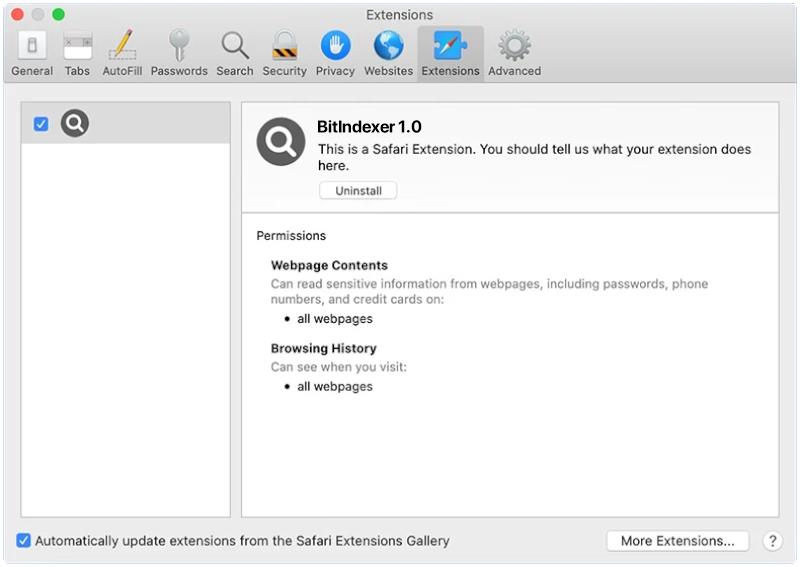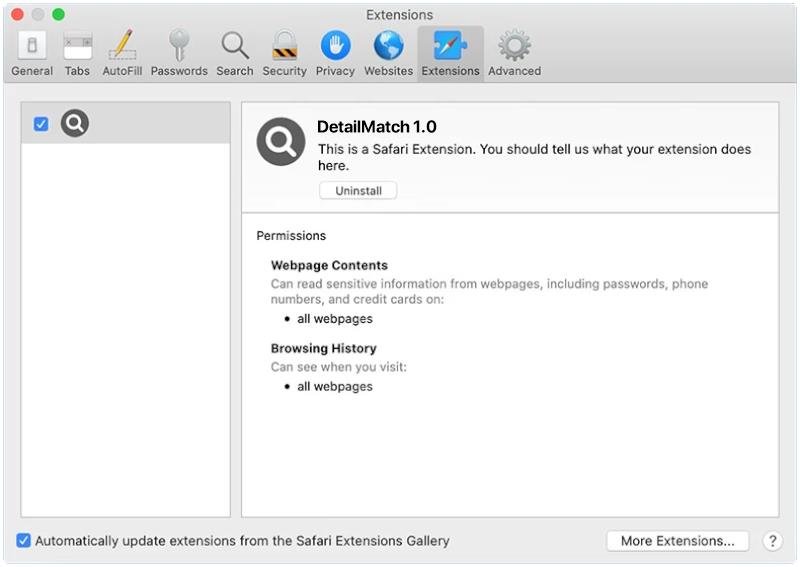BitIndexer is a type of malware that infects Mac devices by disguising itself as a legitimate program or file. Once installed, BitIndexer can gain access to sensitive information on the infected device, such as passwords, financial data, and personal files. It can also track the user’s online activity and potentially steal their identity.
BitIndexer typically infects Mac devices through malicious email attachments, fake software updates, or compromised websites. Once the malware is installed, it can spread throughout the device and potentially infect other devices on the same network. Users should be cautious when downloading files or clicking on links from unknown sources to prevent their Mac from being infected by BitIndexer or other types of malware.










